Principles and Methods in Cryptographic Security: Analysis
VerifiedAdded on 2022/09/12
|12
|646
|11
Homework Assignment
AI Summary
This assignment delves into the principles and methods of cryptographic security, focusing on several key algorithms and concepts. It begins with an overview of the Advanced Encryption Standard (AES), a symmetric block cipher used by the US government for classified information, and contrasts it with the older Data Encryption Standard (DES), a symmetric key method now considered outdated. The assignment then explores 3DES, an algorithm that applies the DES cipher three times, providing increased key size and enhanced security. It also discusses the working of DES, including its key size and encryption process. The assignment further addresses the future of 3DES, including its deprecation by NIST. The concept of Nonce, an arbitrary number used only once in cryptographic communication for authentication, is explained. Finally, the assignment covers the Key Distribution Center (KDC), which is a crucial component in access control systems that supplies session and access keys, validating requesting users through cryptographic techniques. References are provided. This assignment is available on Desklib, a platform that provides AI-based study tools.
1 out of 12

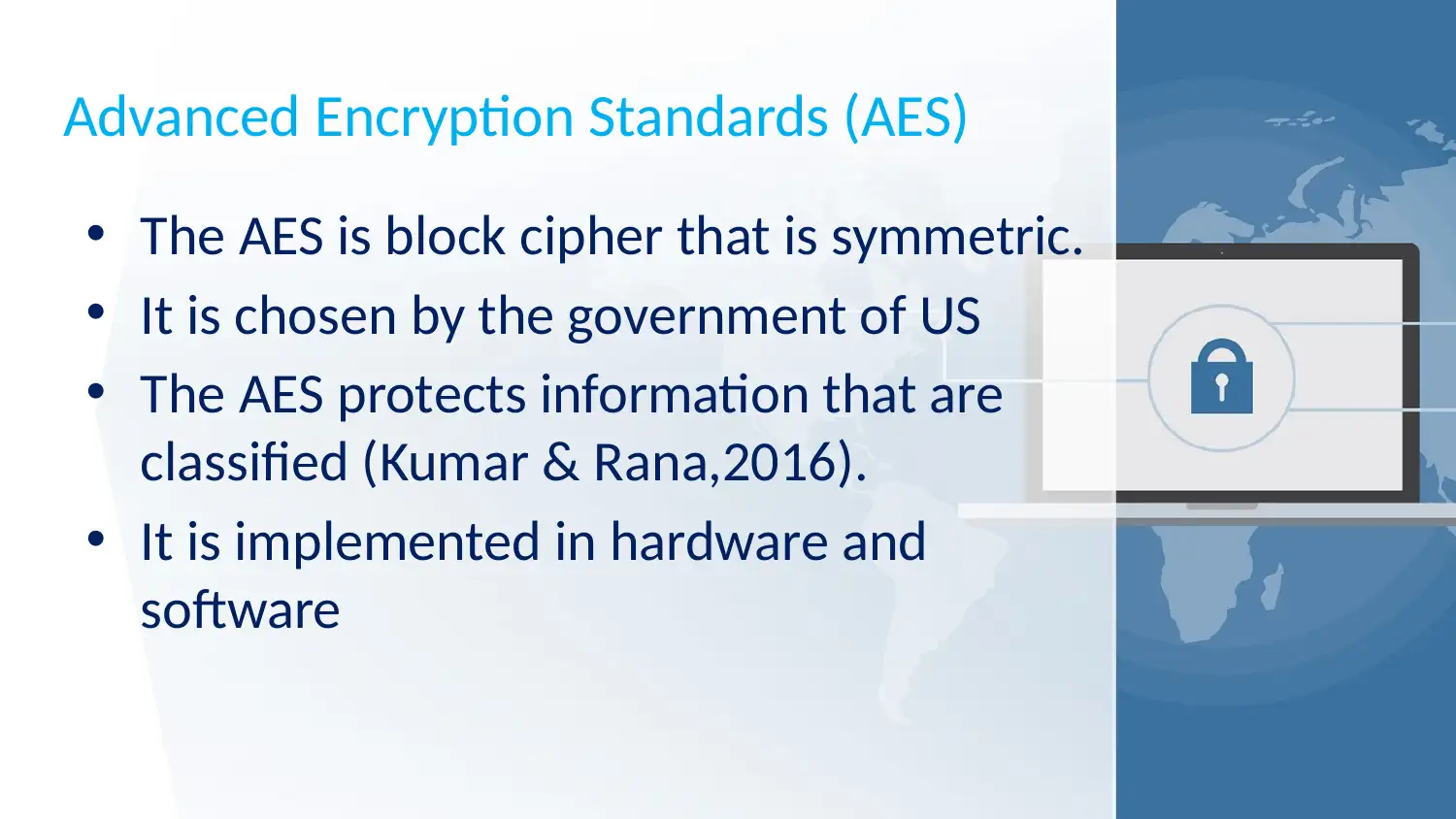
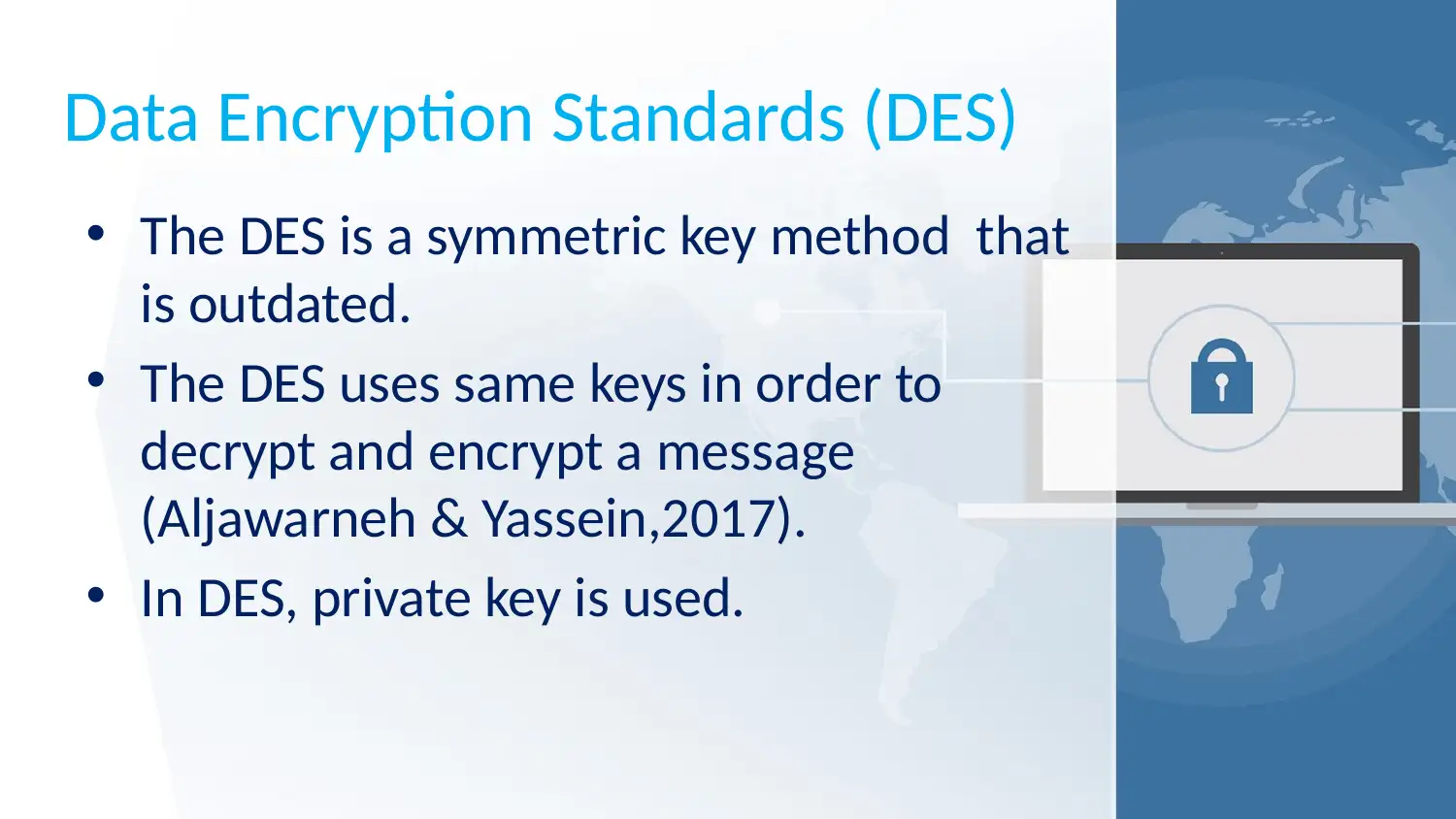

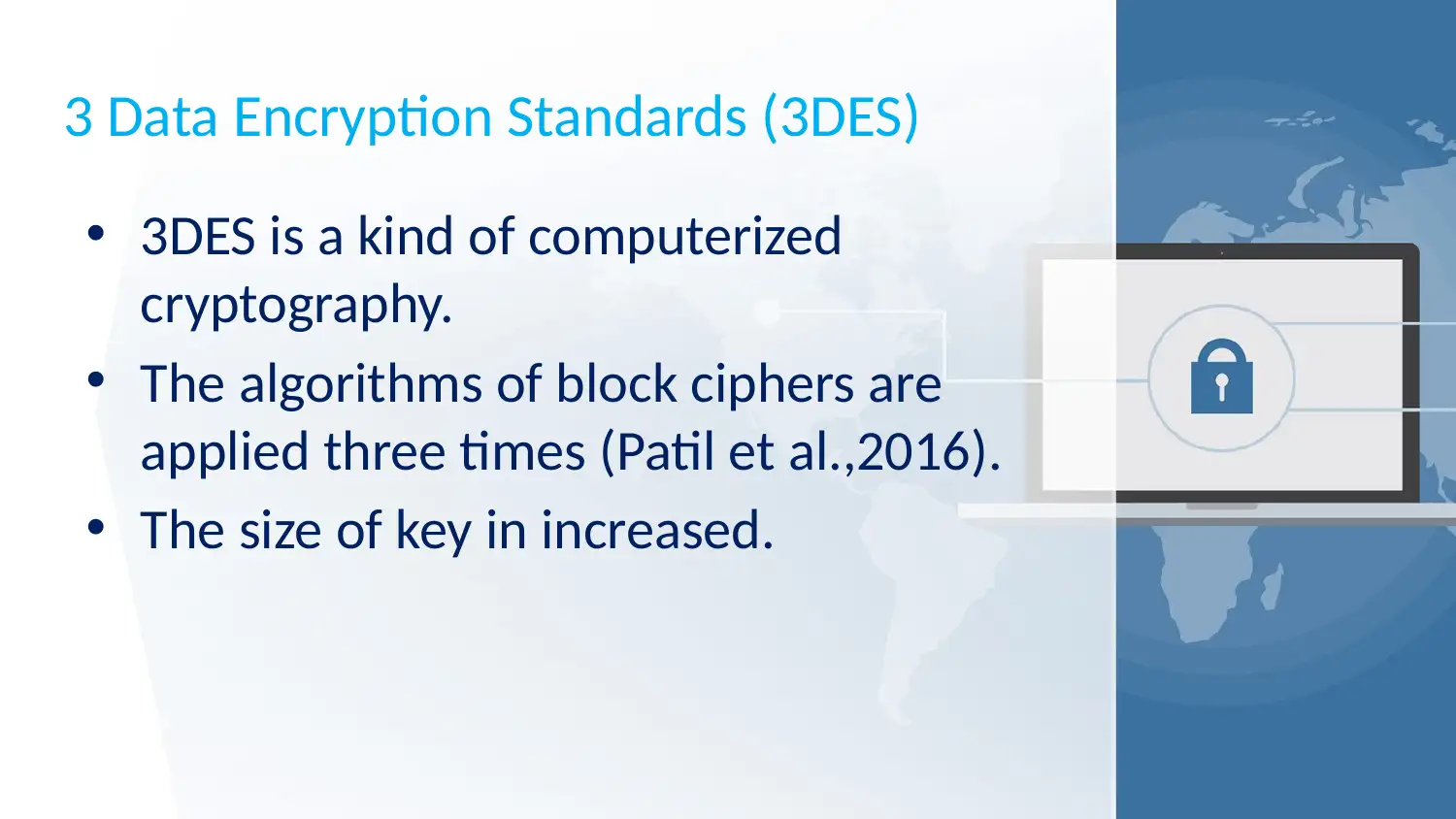
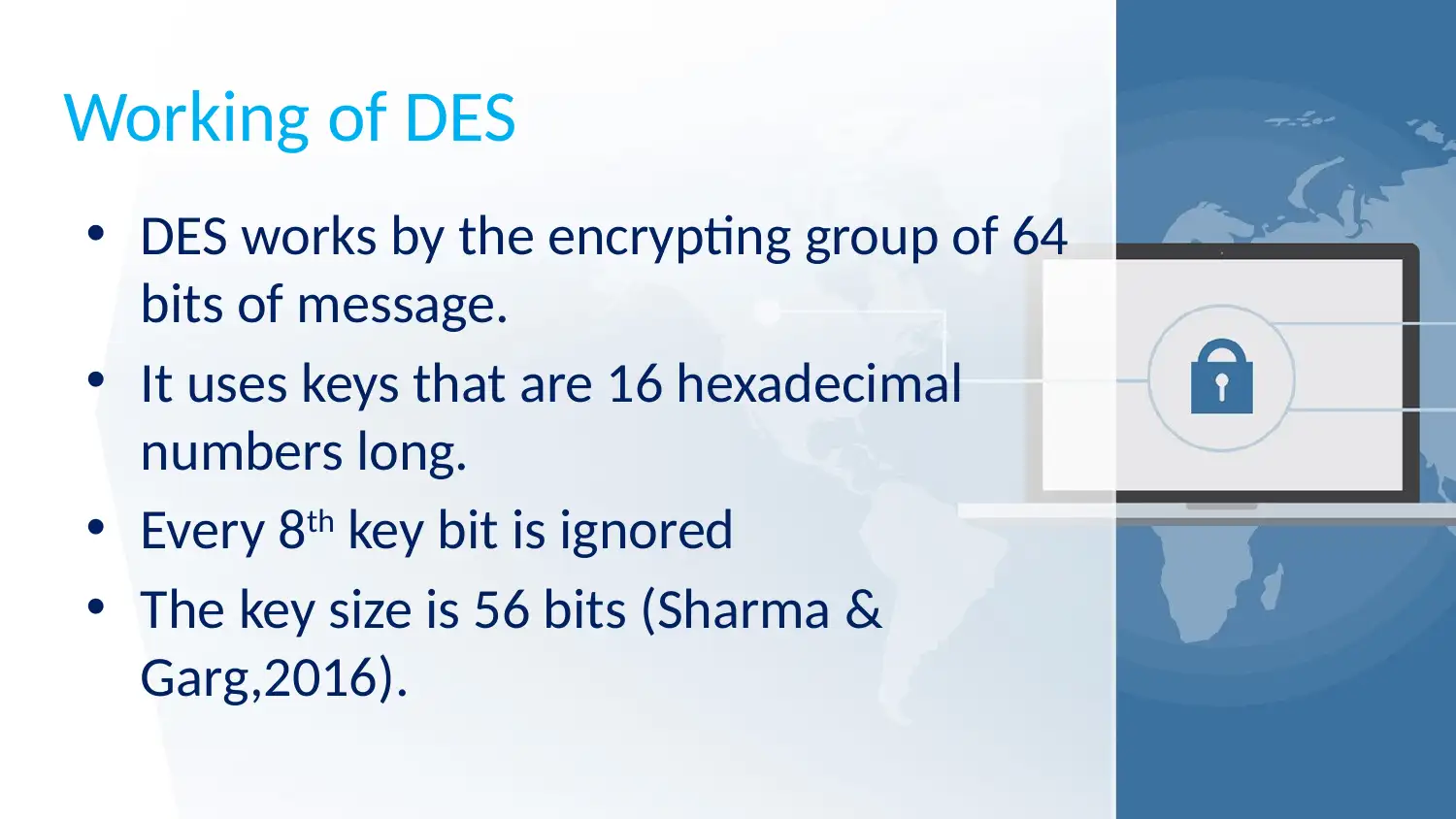
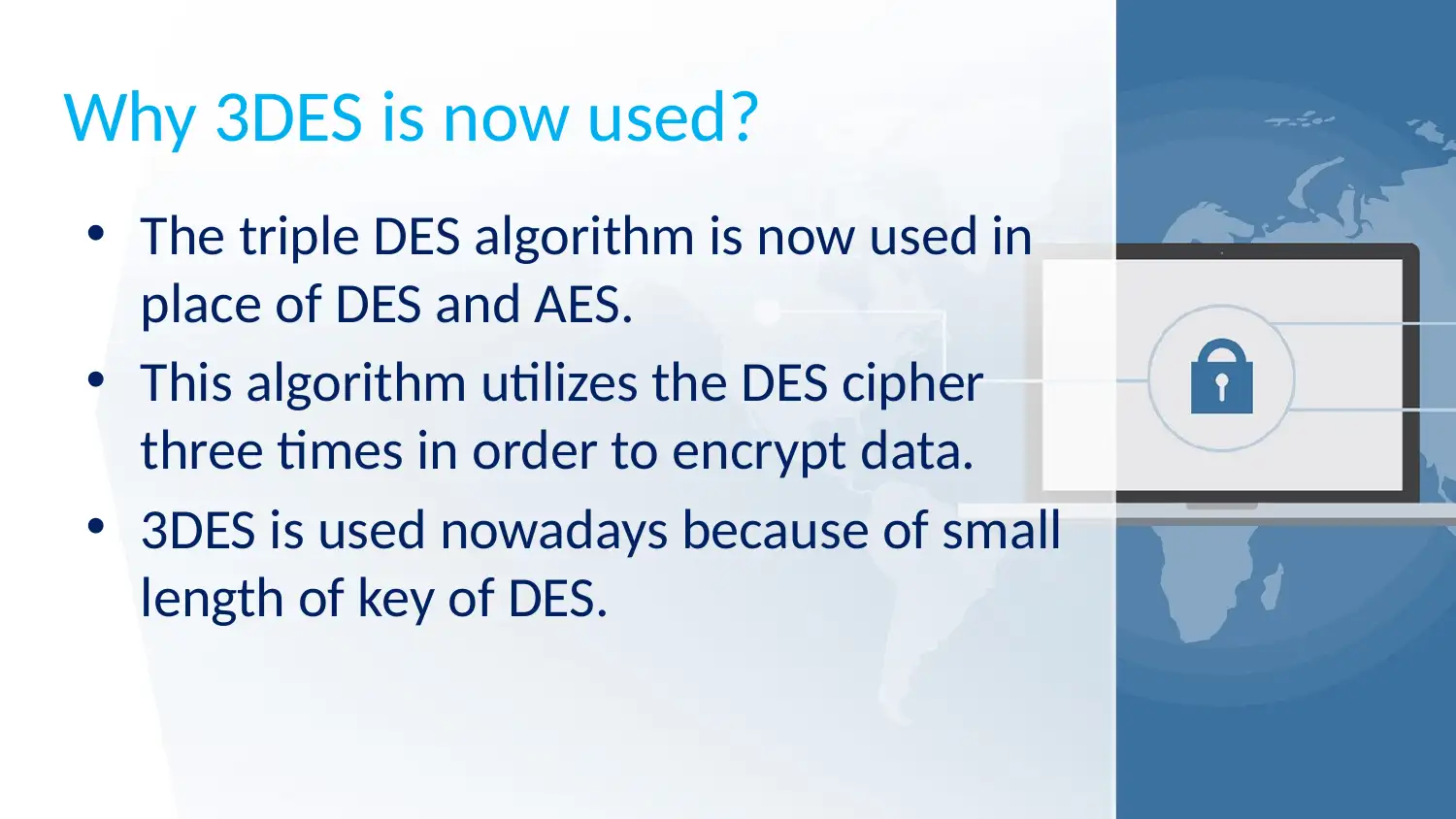
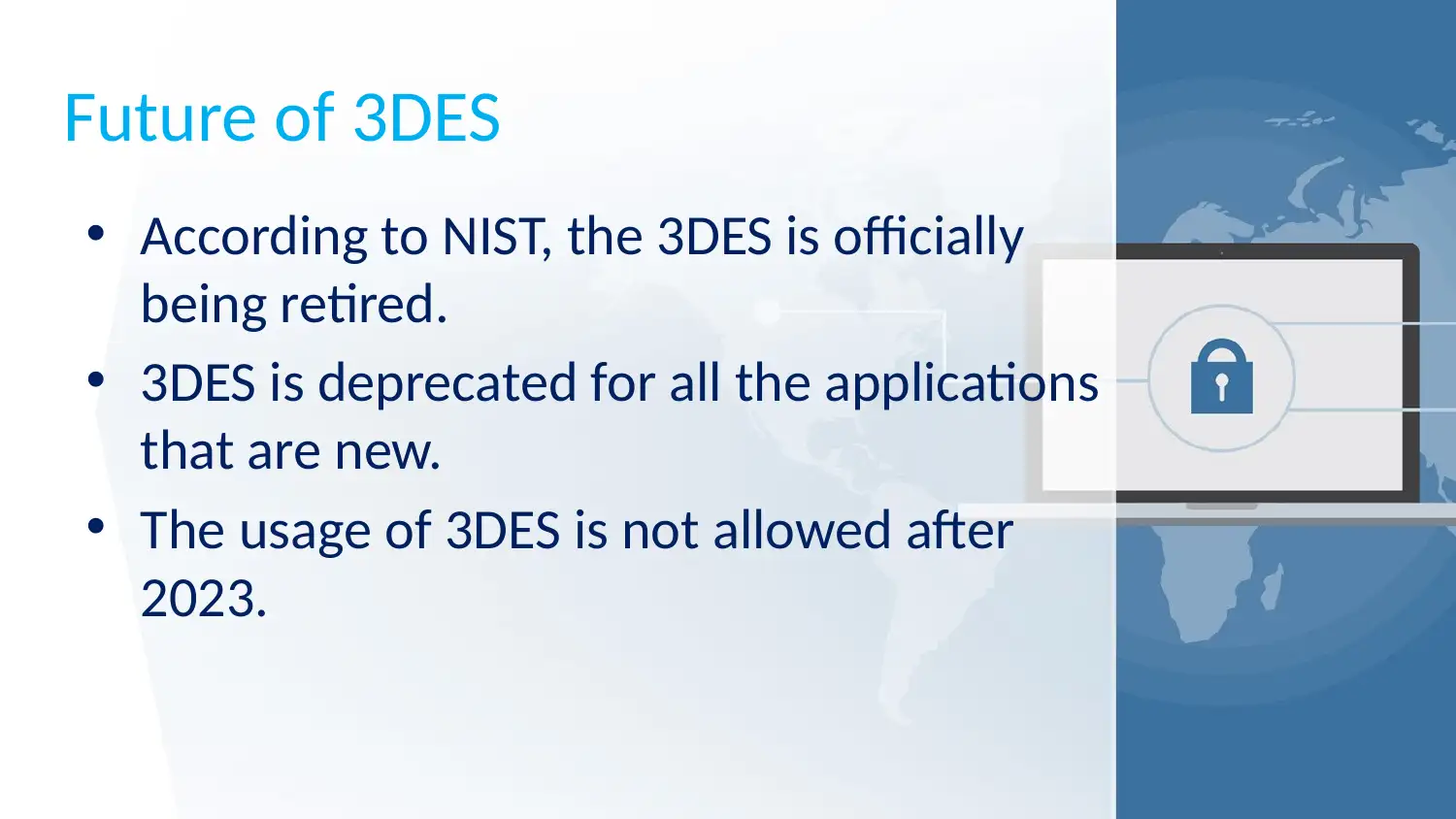
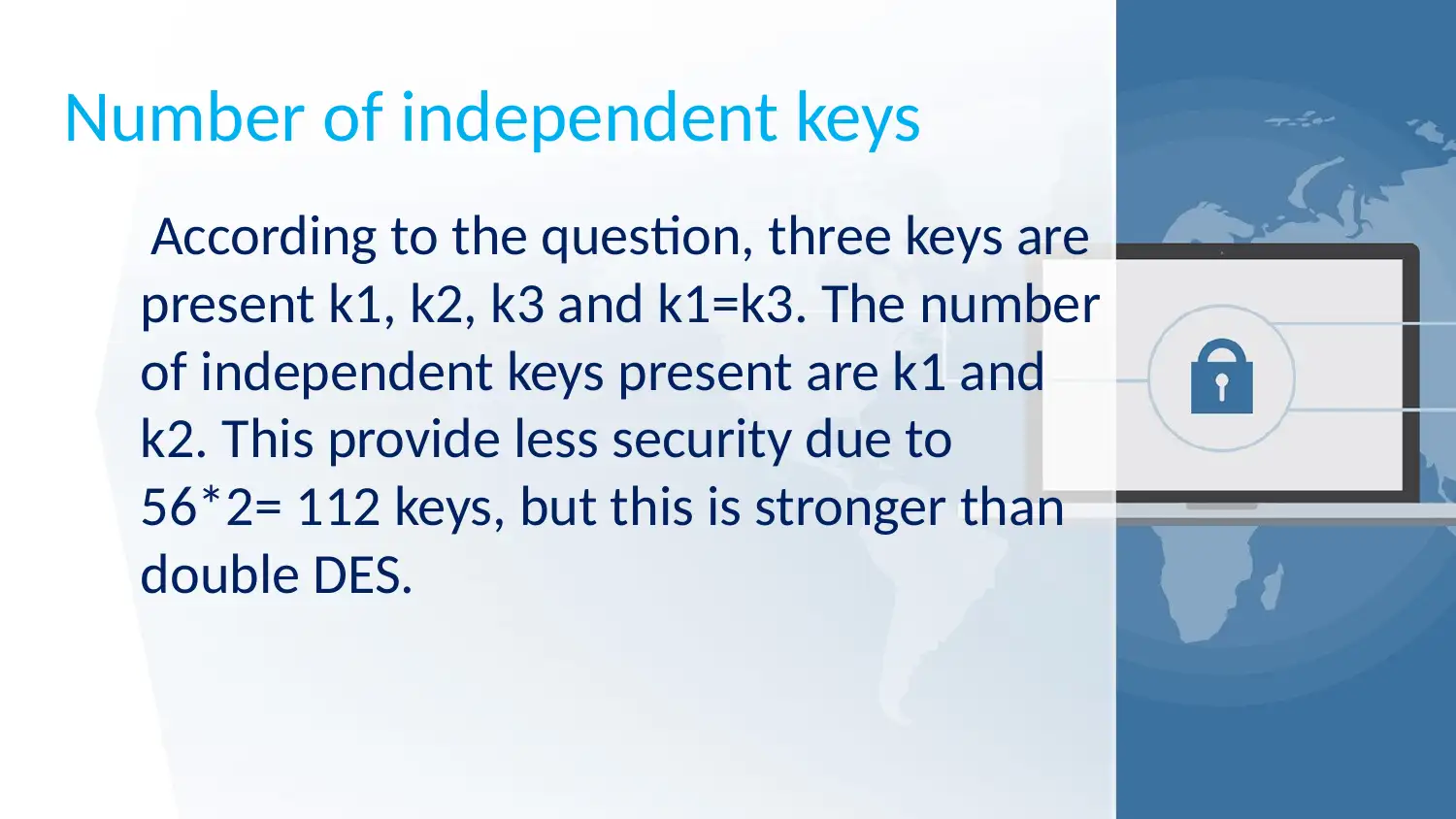
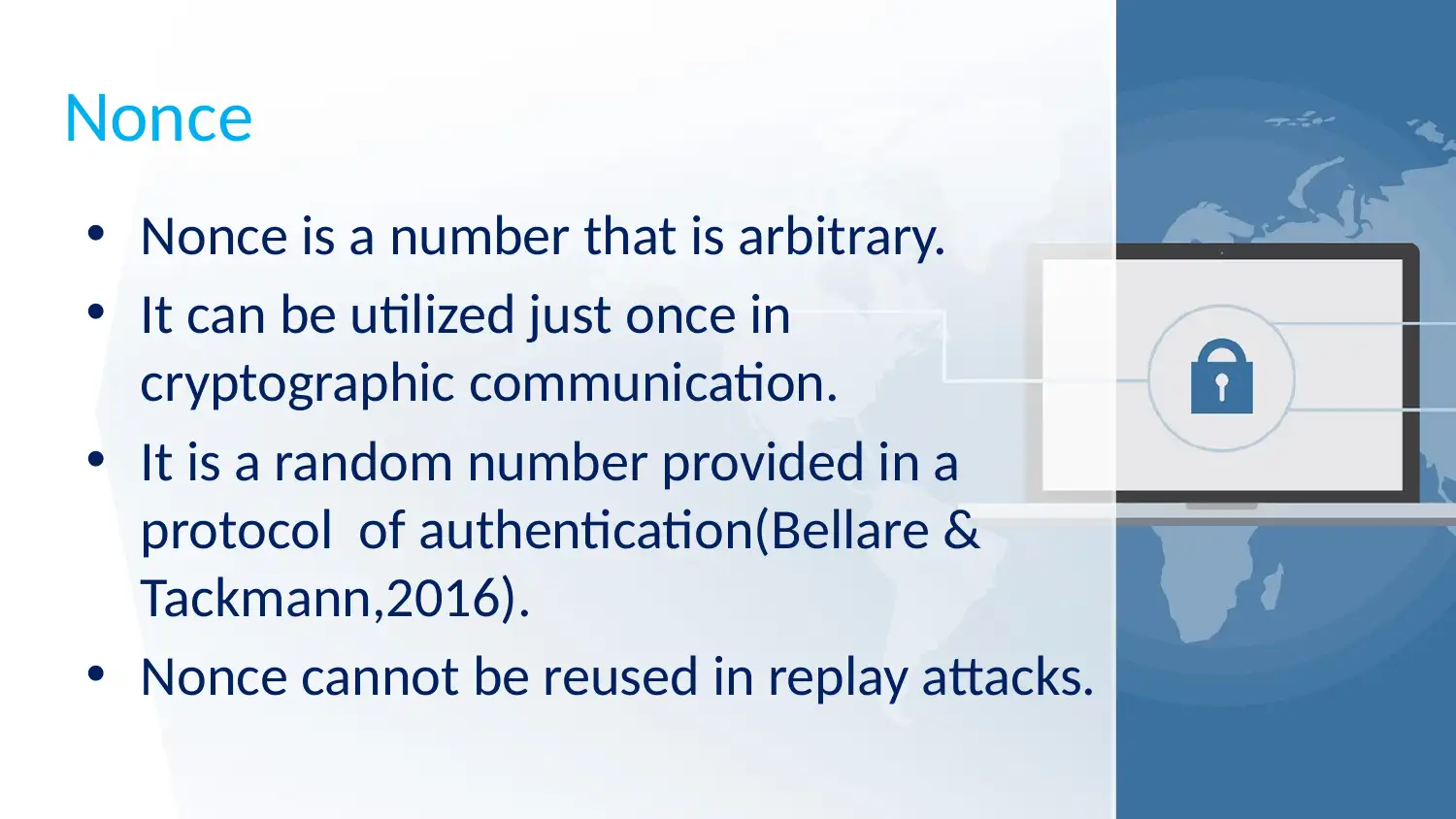
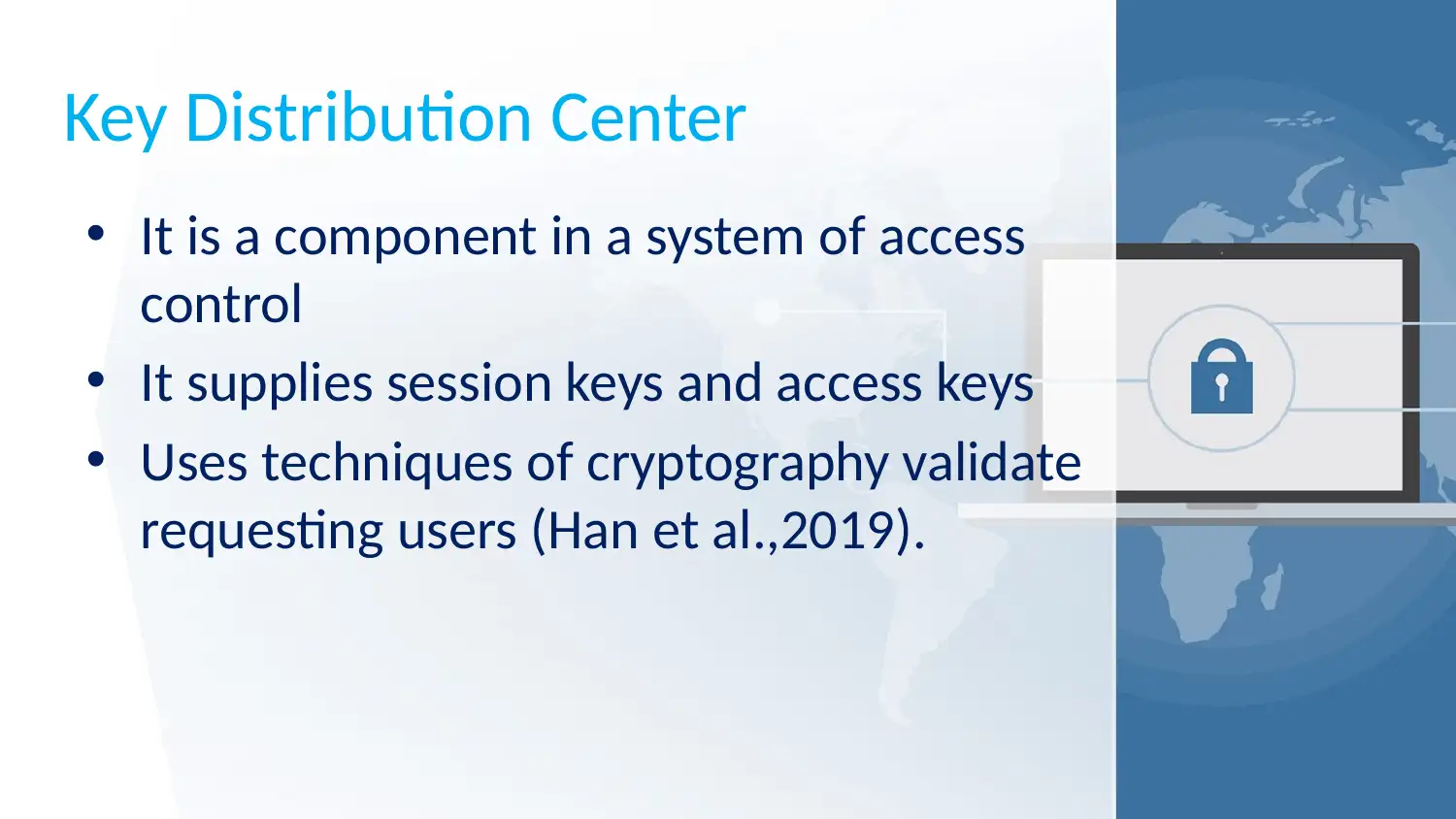
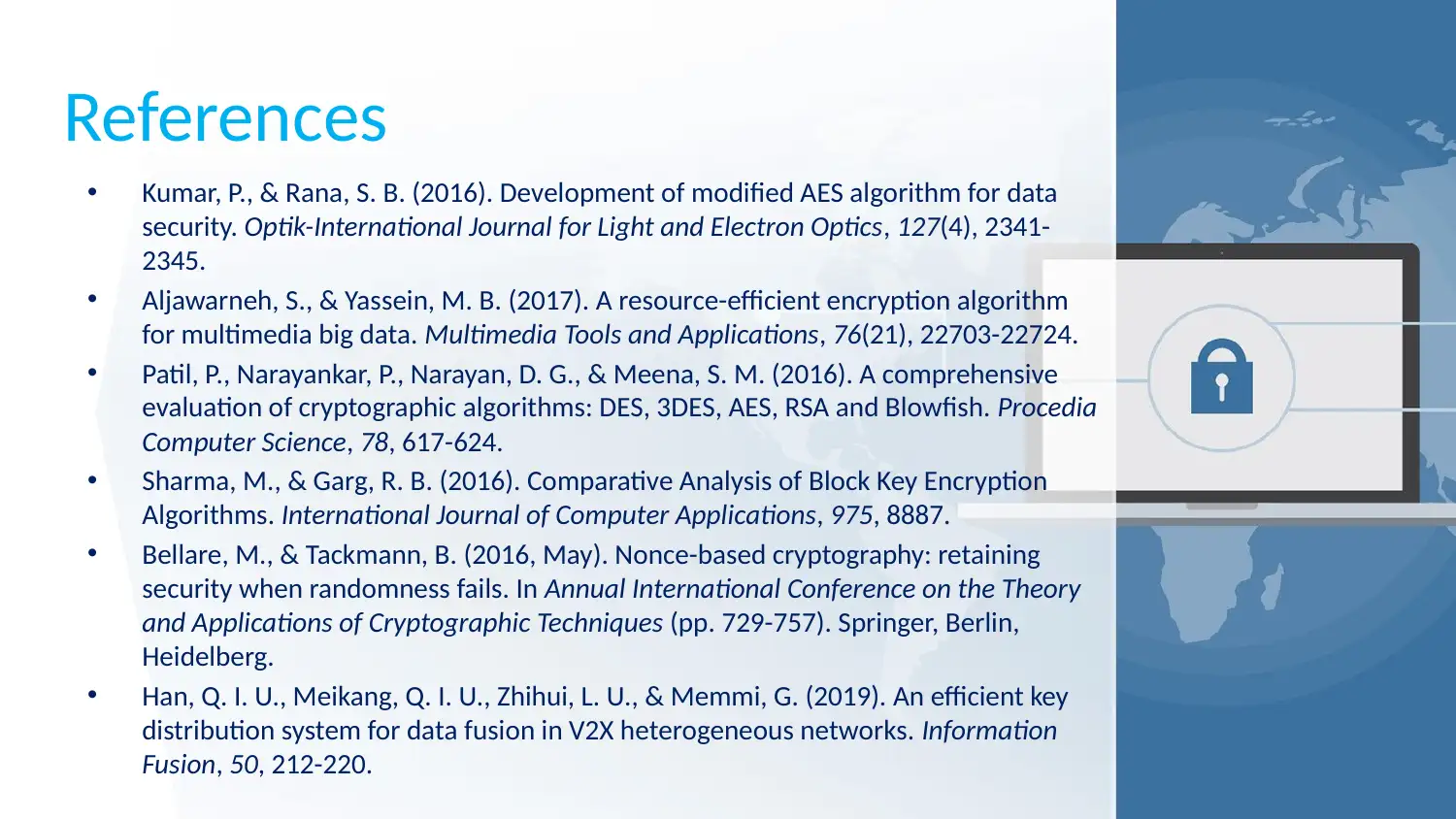






![[object Object]](/_next/static/media/star-bottom.7253800d.svg)